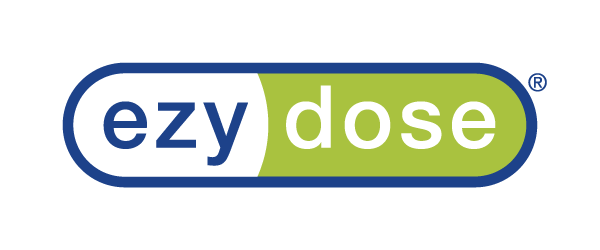Heart disease is one of the leading causes of death in the U.S.—with coronary heart disease the most common type with 382,820 deaths in 20201—and with those conditions comes prescribed medications for heart health, from treating symptoms like angina to several types of heart disease.
High blood pressure, high cholesterol, and smoking are three of the biggest risk factors for determining the occurrence of heart disease, and about half of all American have at least one of the three of these, according to the Centers for Disease Control.2 Because of this high risk for many Americans, keeping symptoms like angina or any diagnosed conditions in check is important. While lifestyle changes often help in correcting some of these symptoms, medications are often prescribed to treat these conditions.
Medication compliance, or the extent to which individuals follow their doctor’s prescribed recommendations surrounding medication intake, is important in managing heart disease, angina, or other chronic or acute heart conditions. Despite good intentions, there are several reasons why it may be hard for some to reach compliance—remembering to take the medications, having trouble taking them, or needing organization to create an easier routine. Taking advantage of simple tools—like a pill container—can help you with remembering to take these important health aids.
Benefits of using a pill container:
- Convenience: You can use a single organizer for all of medications you take at once. For example, if you need to take several medications each day—which is becoming increasingly more common for older Americans—you only need to open one compartment instead of several individual bottles. The XL versions of these make it easier to fit all of your medications, even ones known to be larger like fish oil.
- Ease of use: Many pill containers have push button openings, taking the hassle of tricky-open lids on medication bottles out of the equation. They’re especially helpful for those with dexterity issues, as a gentle push of the button opens the compartment. They also ensure you don’t administer too many on a given day and decrease the chance of spilling a bottle full of pills.
- Weekly containers: Marked with the day of the week on each separate compartment lid, these containers help you remember whether or not you’ve taken your medications for the day or not.
- AM/PM containers: With separate compartments for medications that you need to take either in the morning or the evening, these containers will help you confirm whether you’ve taken your morning or night medications.
- Medtime containers: Some medications come with very specific instructions of when to take medications. While morning or bedtime ones can be easiest to remember—leaving them by your toothbrush or on a nightstand is a good option—sometimes a noontime medication can be hard to remember. Pill containers that offer several time options—from morning, noon, evening, and bedtime—can help you remember.
Types of Medication Management Tools
It’s easy for the daily grind of life, the busyness of balancing work and home, and traveling to get in the way of even the best-intended routines. Even the difference in a stay-at-home weekend versus one filled with family, work, or other activities can make a difference in remembering. While pill organizers are a great way to help you create an easier, more efficient routine, there are other thing you can use to help as well.
- Medication chart: Keeping a medication chart handy that your doctor has helped you fill out will help you understand why you need to take the medications prescribed to you. Understanding why they’re benefitting you—whether to suppress symptoms like angina or treat a heart condition—will help instill their importance. When something becomes an important part of a routine, it’s often easier to remember. A medication chart tracker with your full regimen may be helpful in remembering what to take, when to take them, what they’re for, and whether or not you should take them with food.
- Pill cutters and crushers: Gone are the days of cutting a pill in half on your countertop with a knife. Some medications need to be cut before being taken because of the dosage. For some individuals, the preference is to crush up a medication so it’s easier to take. Pill cutter and pill crusher tools make this process easy and convenient. Some even double as a drinking cup if you need them on the go.
- Pill pouches: Having individual pouches makes taking medication easier when traveling. Pre-portion them before you leave so it’s a quick and easy on-the-go solution when you’re not at home. If you’re gone for several days, mark the disposable pouch with days you don’t forget to take them.
- Keychain pill fob: If you’re only gone for a day—say to work or on a day trip—and want an inconspicuous option, a pill fob that attaches to a keychain can be an easy and convenient solution. Attached to your car or house keys—something you’ll always have in close range—it’s something that will blend in with your key chain and is small enough to fit in a pocket or purse.
- Portable pill cutters or containers: Another great option for traveling, compact pill containers often that have lids snap shut to prevent accidental opening. The small, compact design allows them to be stored discretely when traveling.
- Alarm: Whether it’s on a cell phone, smart watch, or other device, nearly everyone has access to an alarm reminder these days. Setting daily reminders will help you remember to take medications at the right time.
When building your routine for managing your medications, a comforting thing to remember is that no one is perfect; almost everyone forgets to take medication at some point. But with helpful tools that assist in your routine and help you remember, you’ll be able to implement more efficient habits in no time!
References
- Centers for Disease Control: Heart Disease Facts
https://www.cdc.gov/heartdisease/facts.htm
- Centers for Disease Control: Know Your Risk for Heart Disease

